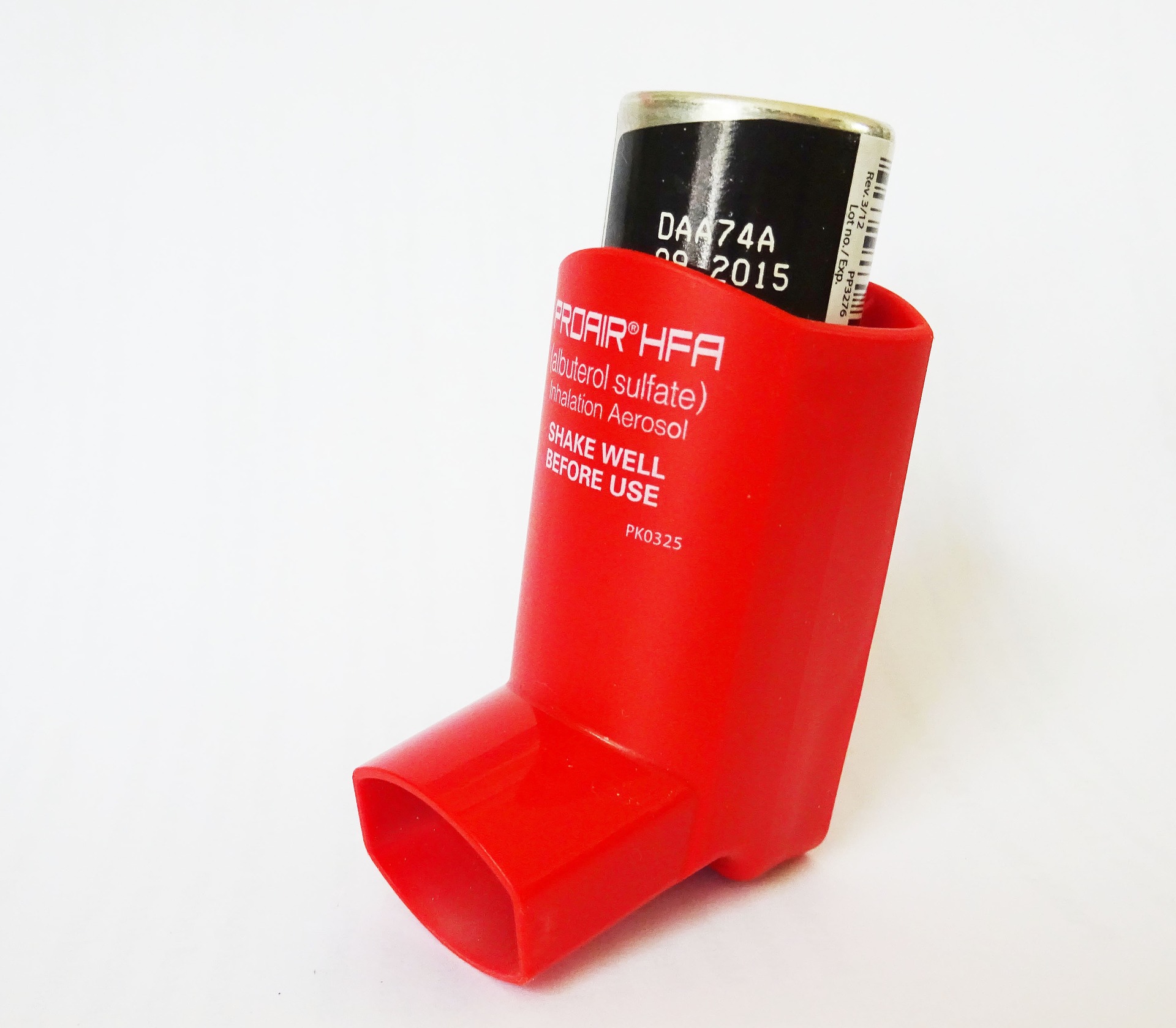Pearl’s from Wed conference August 2nd 2017:
Agenda:
– Asthma/COPD: Baldino
– Sepsis Core Measures: Patel
– Pulmonary cases: Patel
– Medical student pearls (from Mike Taylor, one of our students)
Dr. Baldino: Asthma/COPD
-All that wheezes is not asthma (or COPD).
-Use diagnostics to rule out mimics such as pneumonia or ptx.
-Get the CXR in COPD exacerbation, not routinely in simple asthma exacerbation.
-Good evidence and NNT’s for benefit of ipratropium, systemic steroids, magnesium, and BiPAP.
-Intubation last resort for asthma. Remember to adjust I to E ratio on vent.
-Steroids at discharge for asthma/COPD. Antibiotics at discharge for COPD.
-Discharge with a plan! (and a spacer)
Dr. Patel: Sepsis Core Measures
-Sepsis core measures are from CMS, not from SSC guidelines or Sepsis 3.0. They are not necessarily rooted in great evidence, but we have to follow them!
-Remember the 3 and 6 hour severe sepsis and septic shock bundles. Timing is based on presentation time (when chart displays severe sepsis, septic shock), not door time. To make your life easy, just use door time to meet the metrics.
-The focused exam for septic shock can now just be documented with one statement, which is in Medhost. Make sure to click that.
-Fluids from the field count (as your 30 cc/kg), as long as it is given as a bolus and documented on the chart.
-Antibiotic choice and timing both looked at for core measures. For choice, best to go with a monotherapy agent first to meet the metric.
Dr. Patel: Pulmonary Cases
-The term HCAP is not in the newest pneumonia guidelines from 2016.
-Treat HCAP like CAP unless the patient is going to the MICU. If going to the MICU, cover for MRSA and Pseudomonas.
Hemoptysis:
-Minor hemoptysis (streaks in the sputum)–d/c unless CXR abnormal
-Moderate hemoptysis (frank hemoptysis)—admit for further work up and obs
-Massive hemoptysis (hemoptysis interfering with respirations)–intubate and consult pulmonary (for bronch) and IR (for possible bronchial artery embolization). If there is a suspicion of a bronchovesicular fistula or other arterial fistula, CT surgery may also need to be on board.
Medical Student Pearls
One of our current medical student’s Mike Taylor put together some info on questions that were raised in conference:
Intentional “L Main Bronchus Intubation:” (for hemoptysis)
Take Home Points from 1995 Anesthesiology Case Report: -Can use a double lumen ET tube with a endobronchial cuff -The inflated endobronchial cuff can tamponade the hemorrhaging R lung and occlude airflow into it. This allows only the L lung to be effectively intubated and the provider not have to be tasked with putting the tube in the L main bronchus Reference: http://anesthesiology.pubs.asahq.org/article.aspx?articleid=1949905
Rate Control for MAT:
Take home points from Uptodate -Treat underlying cause -Maintain phos and mag levels -Can use CCBs or beta blockers for rate control in symptomatic pts Reference (requires access to UpToDate): https://www.uptodate.com/contents/multifocal-atrial-tachycardia
Bandemia Cut Offs:
Take home points from 2012 Retrospective Cohort Study: -With normal white counts, pts with bandemia of at least 11% had higher in hospital mortality -So 11% or higher could use as a cut off for admission, more aggressive treatment, etc. Reference: https://www.ncbi.nlm.nih.gov/pubmed/22939096
Special thanks to Chief Dan Poor PGY-4 for organizing this week’s Conference Pearls and for Mike Taylor MS-IV for his Medical Student Pearls
